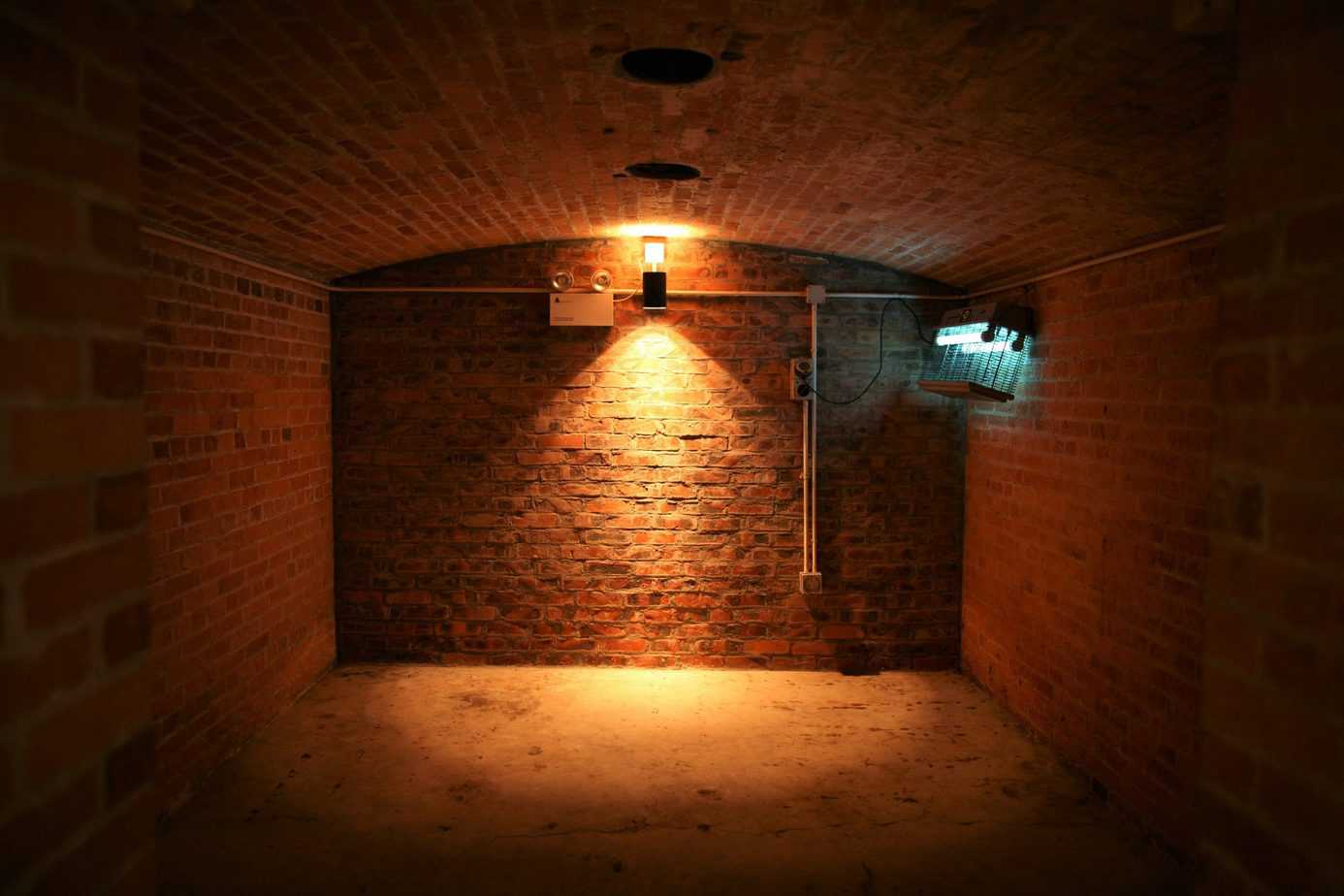
High outdoor temperatures and high humidity often contribute to damp basements. How to fight it and what causes dampness? We answer!
Basements, due to the fact that they are located below, are very vulnerable to dampness. This is most often visible on the walls or floors – then water droplets appear, it looks as if the walls and floors are crying. Moisture can have a very bad effect on the building’s structure and cause, among other things, cracking of the plaster. The direct cause of the appearance of dampness in the basement is bad ventilation of the room – its lack or incorrect installation. Moisture may also be formed if the walls have not been properly insulated. Dampness is also caused by rainfall – if the drainage in the basement is bad, water can penetrate the room through leaking doors or windows. Of course, dampness in the basement can also be caused by flooding of the room (for example, as a result of a burst pipe). However, it is the easiest situation to control, because it is enough to remove water and dry the walls
One of the first and easiest things to do will be to dry the walls. The most effective will be to simply heat the room. Then you’ll need to ventilate the basement (for example, by opening the windows). It is enough to get heating blowers and place them a short distance from damp walls. Remember, however, not to set them too close to the walls and not to blow too hot – high temperature of air directed at the wall will cause it to dry out too fast and will not allow evaporation of water which will “escape” to deeper layers of plaster. It is worth noting that it is better to turn to specialists when it comes to drying the basement. We often undertake to remove dampness from a basement on our own, having no idea about it. However, our good intentions can harm us and lead to worse condition of the basement. So, it is worth hiring professionals who will skillfully remove moisture from your basement forever. The only situation we can deal with on our own is accidental flooding of the basement – for example as a result of the previously mentioned burst pipe. Then there is no need to call in the professionals. Any other situation in which the basement becomes damp should be consulted with professionals
These air conditioner-like devices can also be a lifesaver in a soggy basement. The devices are energy efficient and very effective. They can also dehumidify rooms for as long as 24 hours a day and they turn off as soon as the tank is full
After a successful basement drying process, it may turn out that some fragments of plaster are damaged – in such a case it is necessary to remove them. Then you need to paint the damaged areas with a special anti-mould preparation that will remove any remaining moisture (e.g. dark tarnish). After applying the preparation you should wait about 30 minutes, when the product penetrates into the wall, you can re-plaster the places. It is worth using a mortar that will additionally have biocidal substances in its composition.
In this case it will be necessary to use fungicides. Such preparations have bio-protective and biocidal properties and will also remove pathogenic foci. Fungicides are usually in the form of an odorless, colorless substance, so they do not leave stains and can be used on surfaces that have already been plastered and painted
Main photo: Kdwk Leung/unspalsh.com